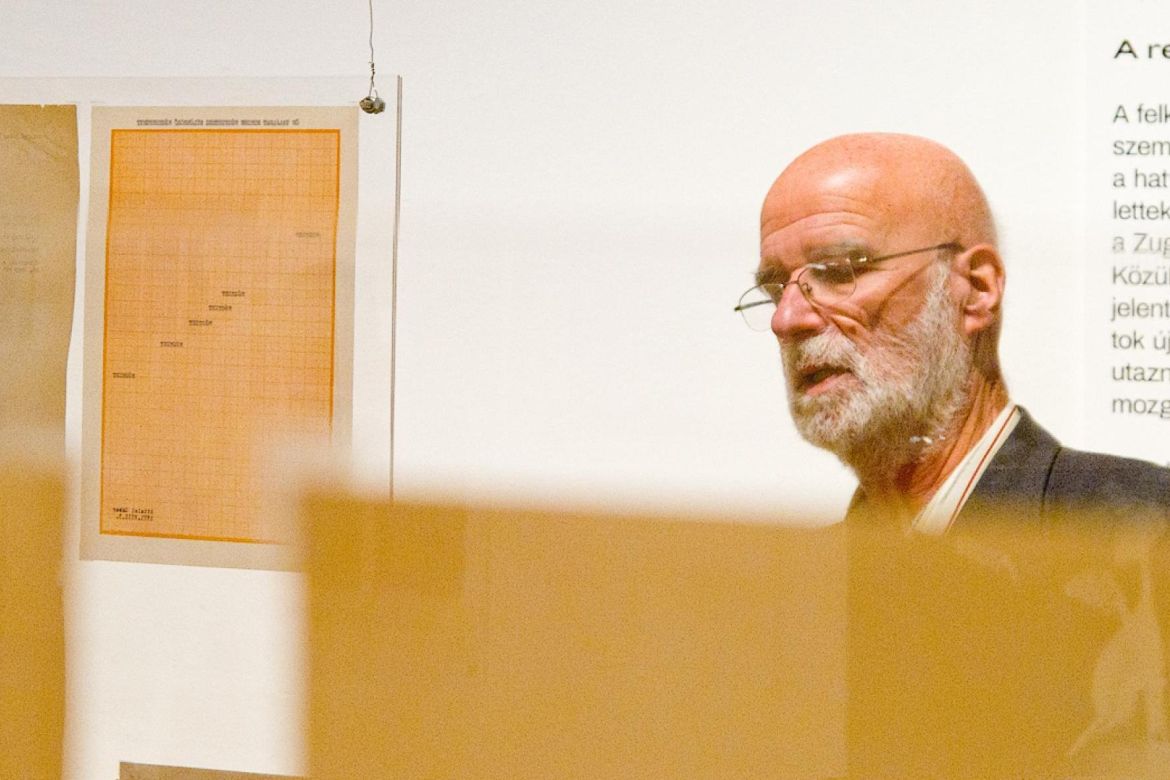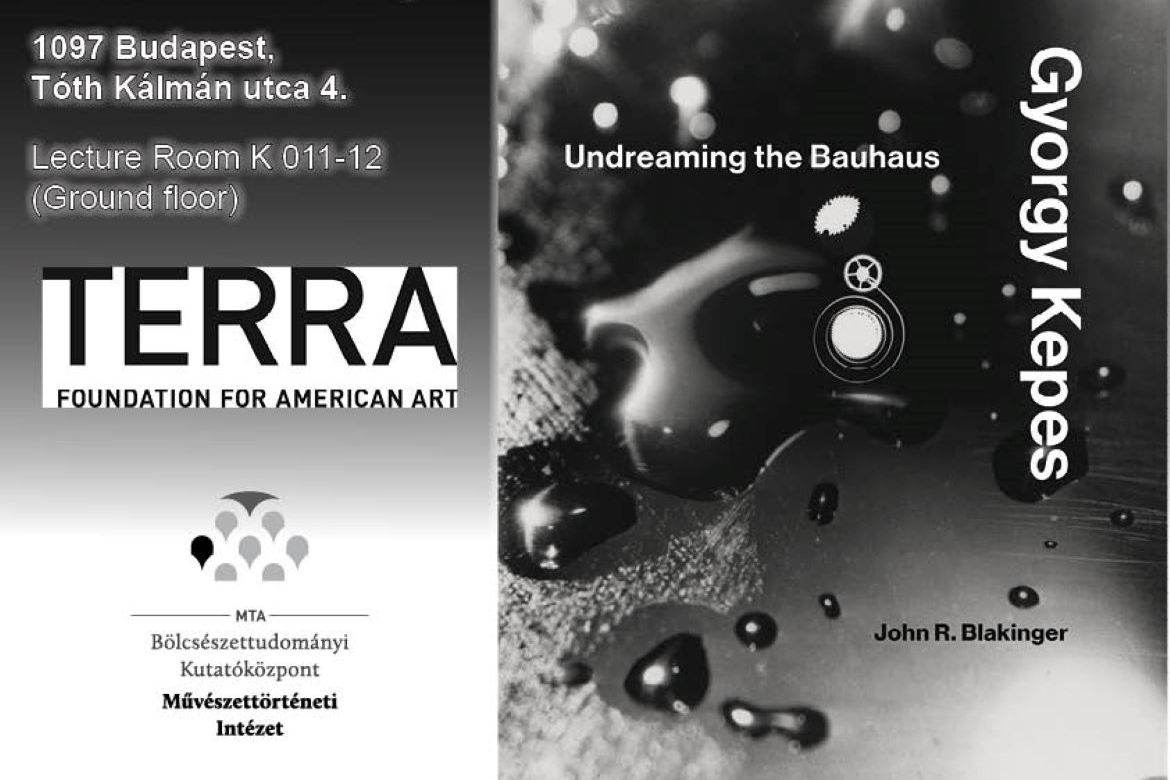
Events
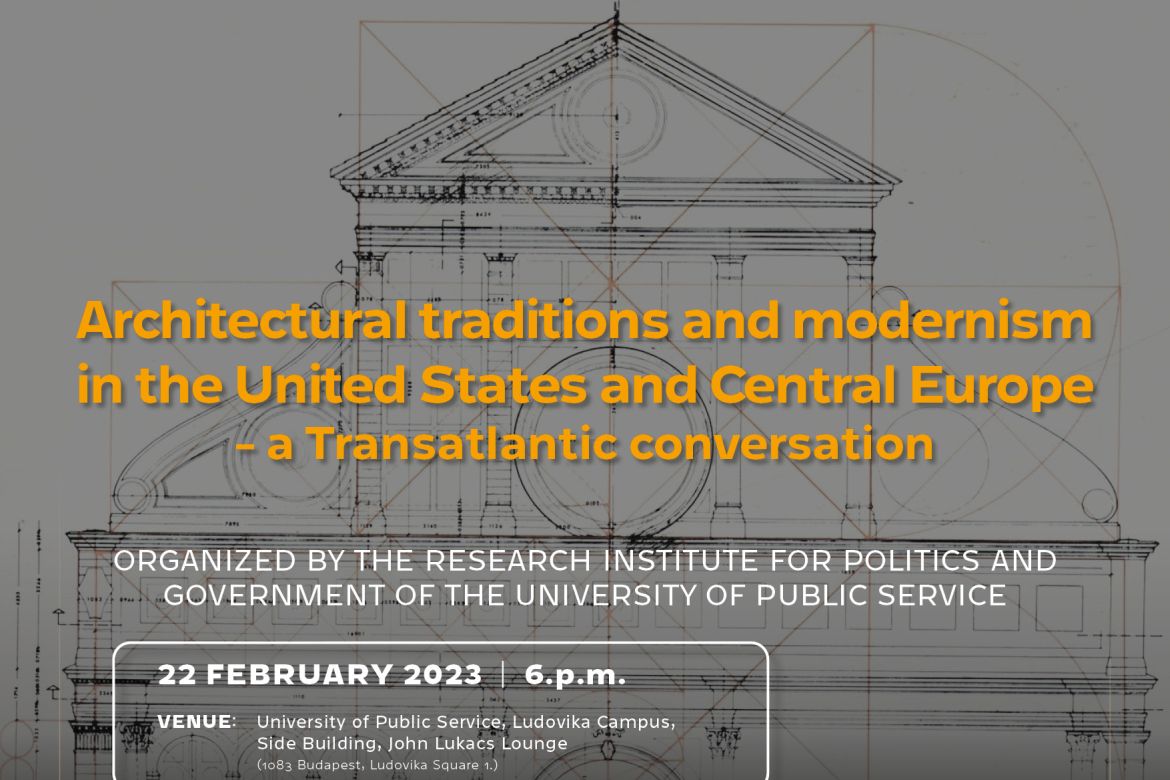
- Details
Architectural traditions and modernism in the United States and Central Europe - a Transatlantic conversation. Organized by the Research Institute for Politics and Government of the University of Public Service, Budapest. József Sisa contributes to the event as a referee.
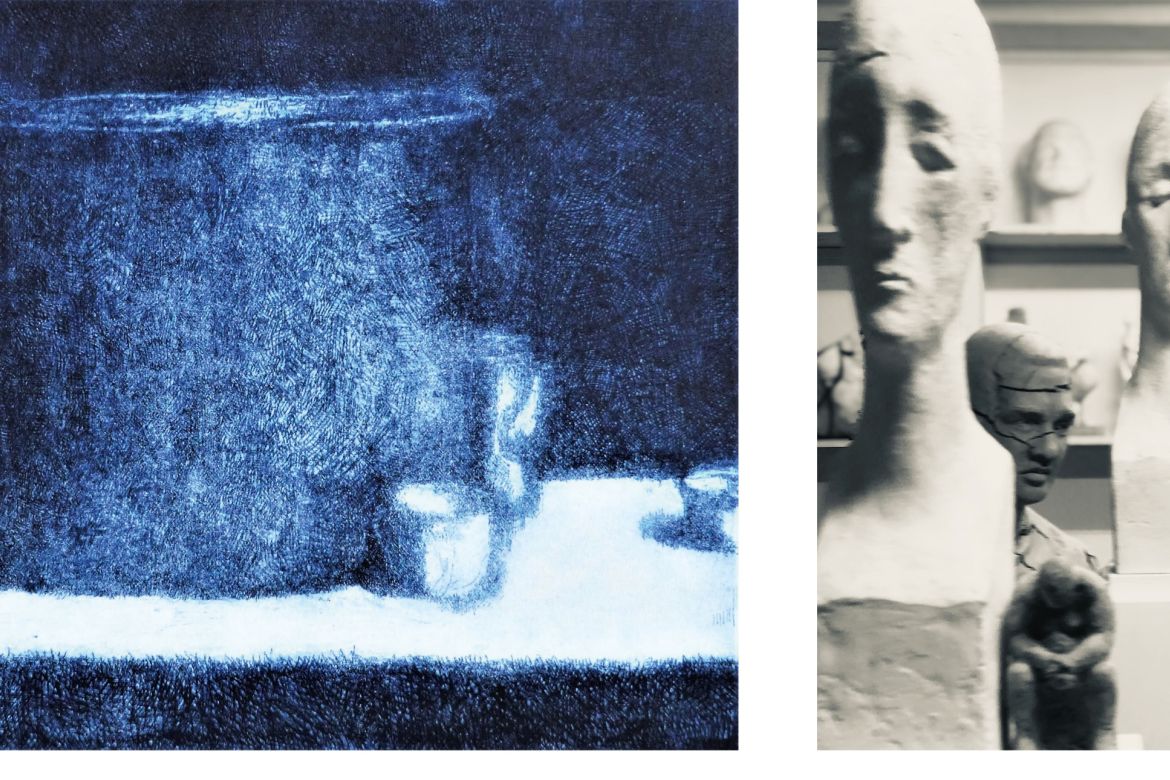
- Details
In Vielshofen, Deutschland, wählte unsere Kollegin Judit Faludy eine gemeinsame Ausstellung von Werken des Malers György Király und der Bildhauerin Mona Zimen aus. Die von ihr organisierte Ausstellung wird am 18. November 2022 eröffnet.
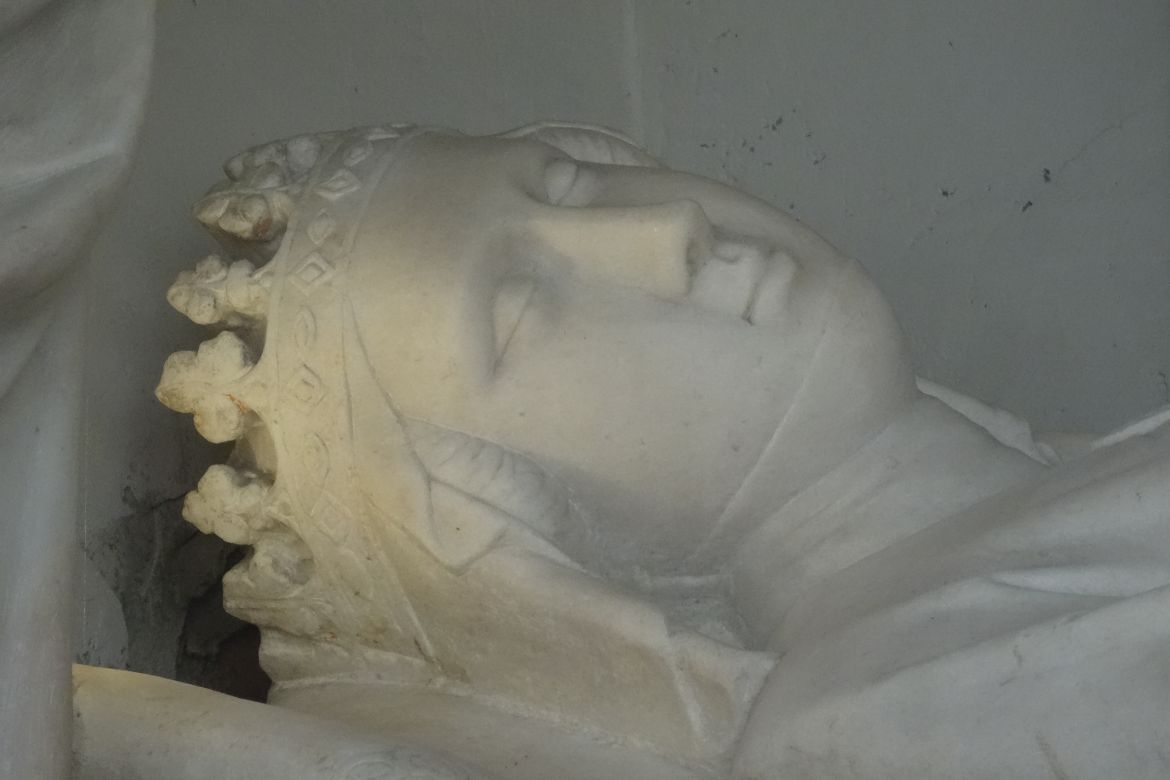
- Details
The international conference hosted by the Bibliotheca Hertziana – Max Planck Institute for Art History and the Società Nazionale di Scienze, Lettere e Arti in Napoli, entitled Writing on tombs. Narratives, Rules, Inscriptions in Medieval and Early Modern Times will be held from 13 to 14 June 2022, in Rome and Naples. The conference is based on the scientific concept of Vinni Lucherini, Tanja Michalsky and Diego Carnevale. Pál Lővei, scientific advisor of the Institute of Art History will present his paper: "Verses and Fragments – Some Inscriptions on Medieval Funerary Monuments in Hungary."
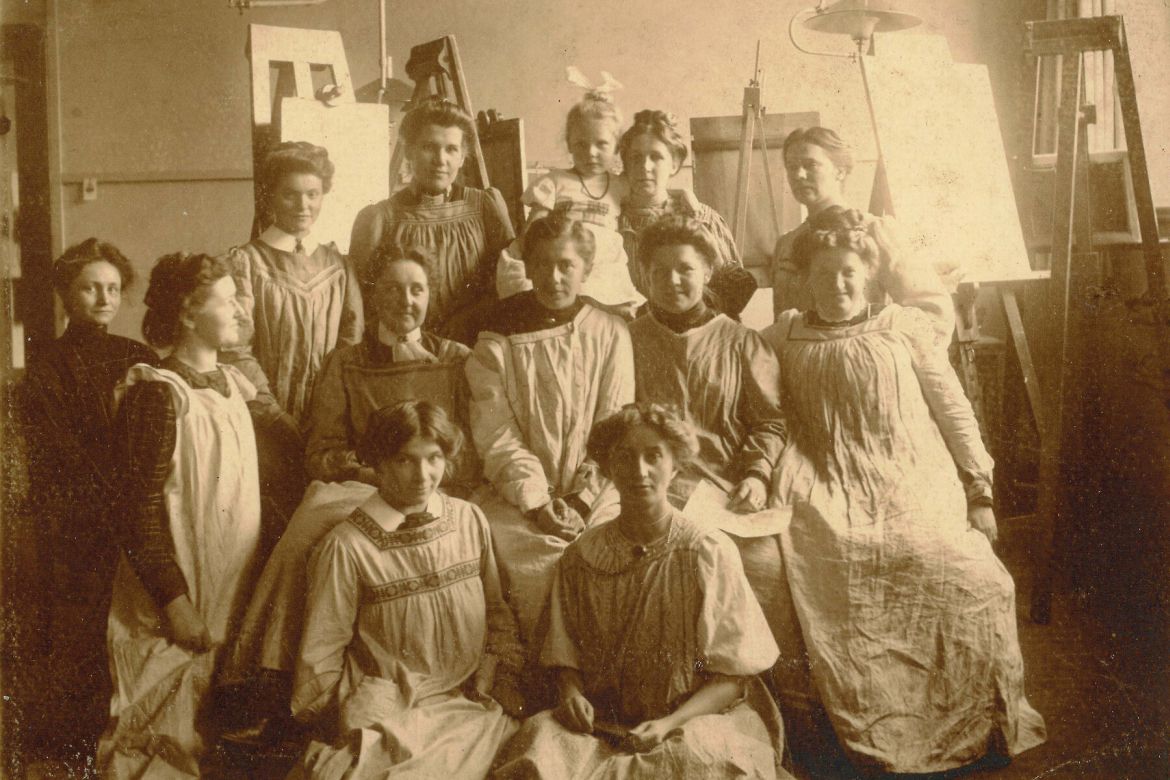
- Details
The annual conference of The Dresden Network and Research Project “Pioneers of Design Education” will be held from 19 to 20 May 2022, online. Miklós Székely, senior research fellow and deputy director of the Institute of Art History will present his paper: “Education and Design in Transylvanian Schools of Arts and Crafts around 1900”
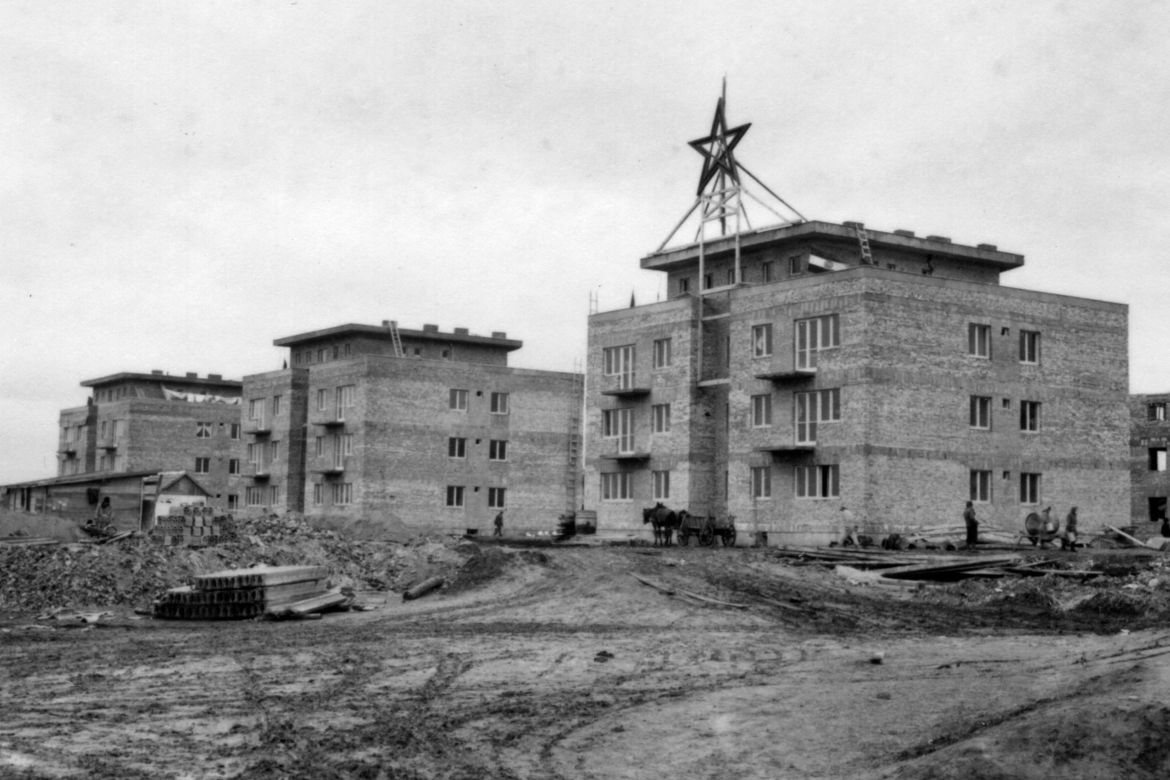
- Details
As an accompanying program to the exhibition entitled Cold Revolution. Central and Eastern European Societies in Times of Socialist Realism, 1948-1959 oranized by Zachęta – National Gallery of Art in Warsaw Barbara Dudás will give an online lecture about the socialist realist history of Dunaújváros.
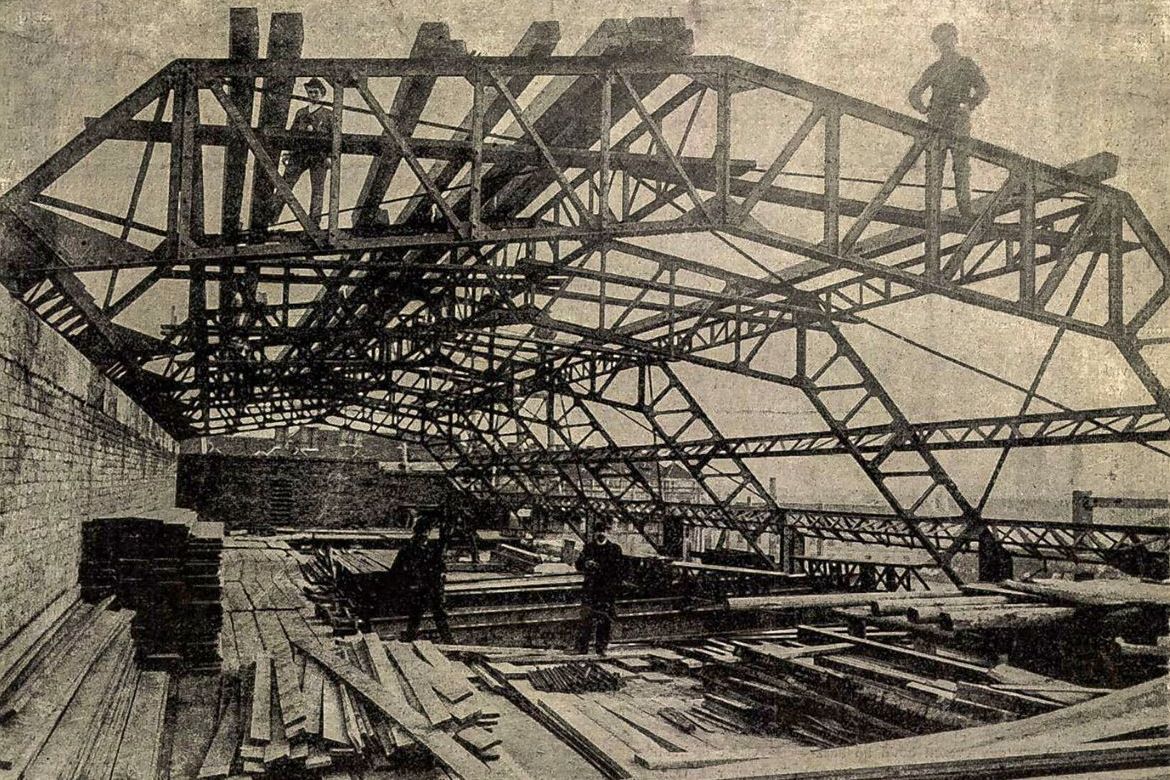
- Details
Le parlement hongrois à Budapest, l’un des plus grands édifices de son époque, est une œuvre exceptionnelle du style néo-gothique. La conférence tente de mettre en lumière quelques aspects de son édification, tels que le concours d’architecture organisé pour sa construction, les débats entourant le choix des styles et la question délicate de l’art national. La personnalité d’Imre Steindl, l’architecte du parlement, et l’activité de son bureau représentent aussi des thèmes pertinents. Les matériaux utilisés et la toiture à ossature métallique illustrent le dilemme entre tradition et technologie moderne. La diversité de la décoration de l’édifice, ainsi que l’iconographie de ses sculptures et tableaux est un autre sujet à examiner. Le parlement hongrois entretient aussi des liens avec la culture française.



